
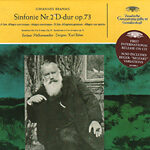
Karl Böhm leads a gentle and warmly lyrical Brahms Second, with relaxed tempos (a trifle slow in the inner movements) and an overall congeniality of
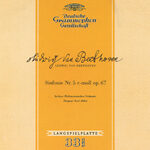
The 1953 Beethoven Fifth was Karl Böhm’s first recording for Deutsche Grammophon, and already his trademark rock-solid tempos and rhythmic exactitude are fully on display.
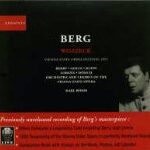
This is a raw, hair-raising performance of an opera that doesn’t have to try very hard to be either raw or hair-raising. Taped live at
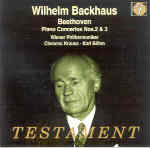
Wilhelm Backhaus’ 1952 recording of Beethoven’s Second Concerto with the Vienna Philharmonic falls short of his stereo remake six years later. The main problem lies
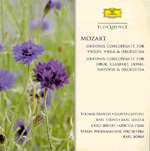
This wonderful 1966 recording offers some refreshingly “old-school” Mozart–that is, the kind we used to hear before the emergence of the “authentic” style. Karl Böhm
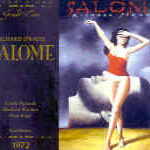
In the booklet accompanying this release, Scott D. Paulin rightly explains Leonie Rysanek’s total commitment to and involvement in the role of Salome. He accurately
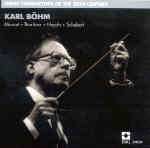
Karl Böhm left a huge recorded legacy sharply focused on the central Austro-German classics and on 20th century heirs such as Berg and Strauss. For
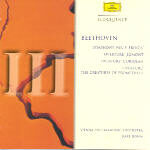
If any one recorded Beethoven cycle stood out for gorgeous engineering, the prize certainly would go to Karl Böhm’s early-1970s versions with the Vienna Philharmonic
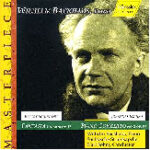
Wilhelm Backhaus’ 1939 Brahms Second Concerto remains one of this oft-recorded work’s discographic high-points. The pianist negotiates each and every one of the composer’s cruel

Rock star Sting turns out to be an exceptionally lucid storyteller, making his rendition of Prokofiev’s Peter and the Wolf quite enthralling. His knack for
![]()
